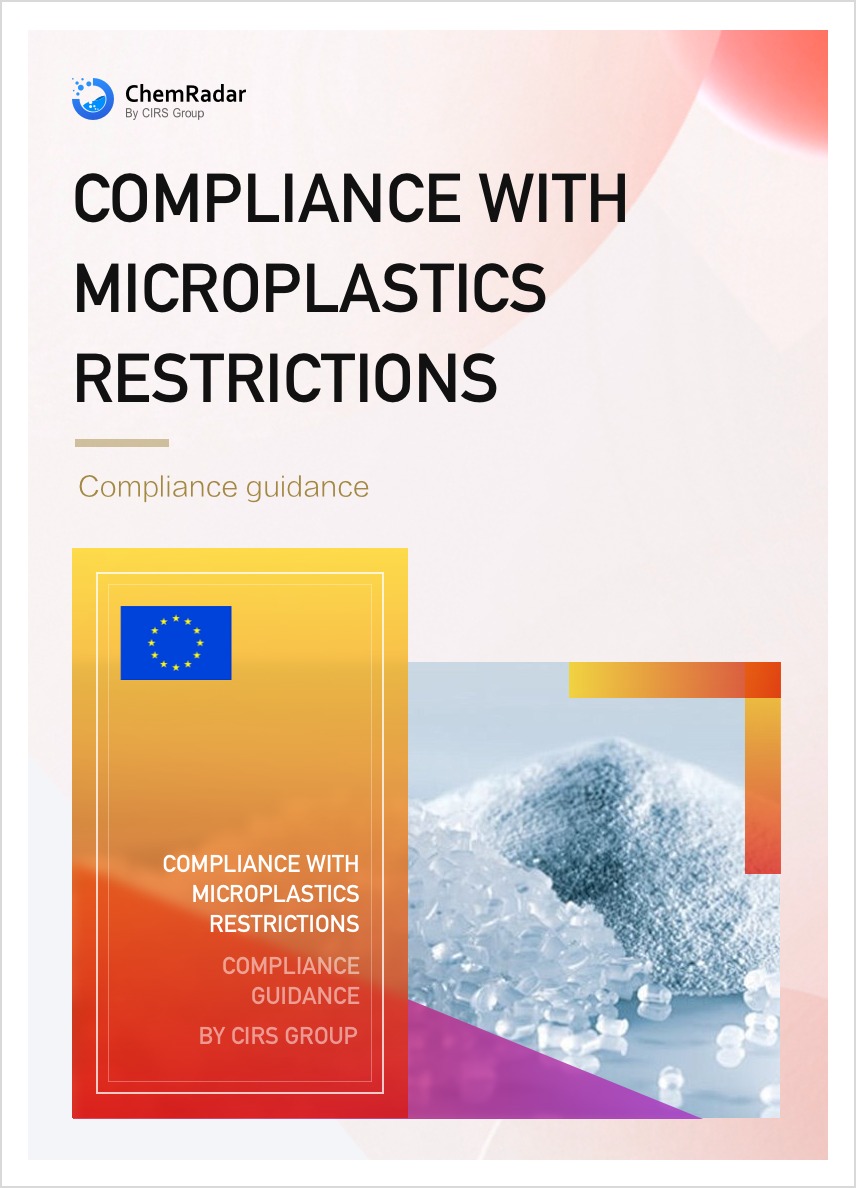In June 2025, the European Chemicals Agency's (ECHA) Risk Assessment Committee (RAC) and Socio-Economic Assessment Committee (SEAC) held meetings covering topics related to REACH restriction evaluation, authorization applications, Occupational Exposure Limits (OELs), and CLP regulation classification and labeling.
I. REACH Restrictions
1. PFAS Restriction
Before the plenary meetings, the RAC and SEAC received a discussion overview of the REACH restriction proposal submitted in January 2023 by Denmark, Germany, the Netherlands, Norway, and Sweden. During the meetings, the committees continued evaluating specific uses of PFAS in the following areas:
- Medical devices (preliminary conclusions by both RAC and SEAC)
- Transportation (preliminary conclusion by SEAC)
- Lubricants (preliminary conclusion by RAC; SEAC has completed the substitute analysis, and other aspects will be discussed in September 2025)
- Electronics and semiconductors (only preliminary discussion by RAC)
2. Chromate Substances Restriction
Based on the authorization from the European Commission, ECHA prepared a restriction report, which was deemed to meet the requirements of REACH Annex XV by RAC and SEAC. A six-month public consultation on this restriction was launched on June 18, 2025.
II. Evaluation of REACH Authorization Applications
The RAC and SEAC agreed on draft opinions for eight authorization applications for the use of chromates. Additionally, RAC adopted two draft opinions (pending SEAC's approval in September 2025). The three adopted opinions will be submitted to the European Commission, member states, and applicants.
III. Occupational Exposure Limits (OELs)
The RAC adopted two opinions on OELs for Bisphenol A and Ethylene Dibromide (EDB; 1,2-Dibromoethane). For Bisphenol A, the committee proposed an occupational exposure limit of 24 micrograms/cubic meter to protect workers from its effects on fertility. This limit will also effectively prevent other potential hazards of Bisphenol A. Furthermore, RAC recommended adding a declaration clause in the legislative provisions on Bisphenol A to protect fetuses and breastfed children from the potential hazards of early-life exposure by reducing the risk of exposure for pregnant and breastfeeding workers.
IV. CLP Regulation Classification and Labeling
The RAC adopted ten coordinated opinions on the classification and labeling of substances, including assessments and classification recommendations for the toxicity, carcinogenicity, reproductive toxicity, and aquatic toxicity of various chemicals.
Further Information



